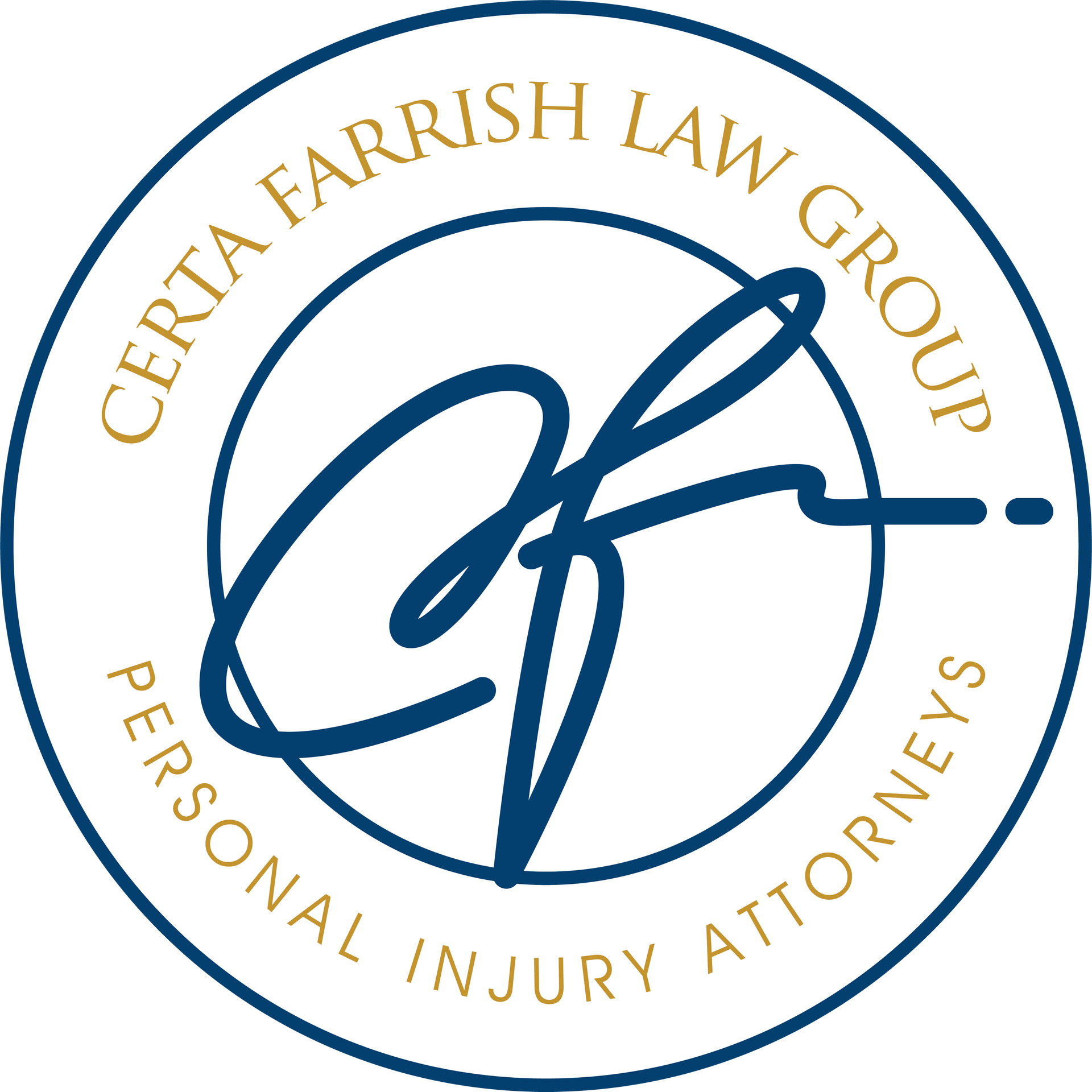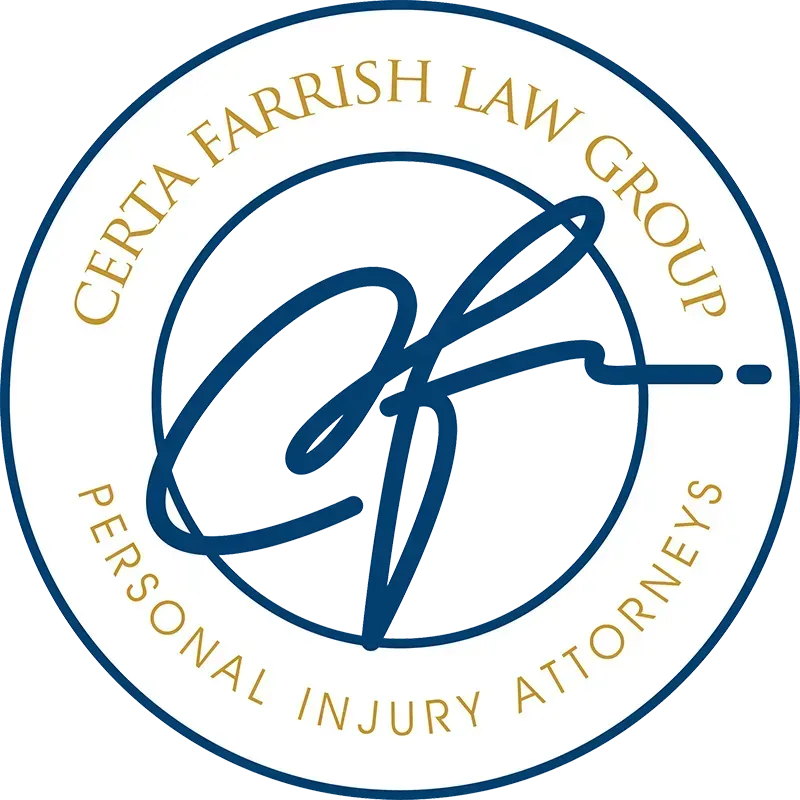Crosswalk Crashes and the First Decisions That Count
Arlington Pedestrian Accident Lawyers
After a pedestrian collision near Smokey Point, along SR-9, or through Arlington’s downtown corridor, the first steps matter. We coordinate medical care through Cascade Valley Hospital or your preferred clinic, communicate with insurers, and document the daily disruptions—appointments, work shifts, and travel limitations—that shape your claim’s value. For a deeper look at proof and timelines, explore
pedestrian accidents. If a vehicle claim is also part of your case, compare coverage insights on
Arlington car accidents.
Quick Actions That Keep Evidence Intact
Evidence can vanish within days. Take photos of the crosswalk and lighting, your injuries, and the driver’s vehicle if possible. Note nearby storefronts around SR-531 and Smokey Point that may have video and collect witness contact info. We issue preservation letters immediately, request camera footage before it’s deleted, and help you log appointments and mileage so proof is ready when adjusters call.
Connecting Arlington Road Design to Fault
Pedestrian cases hinge on visibility, timing, and the driver’s line of sight. We analyze crosswalk phases at 172nd and Smokey Point, lighting gaps along SR-9, and turning patterns near the I-5 access roads to show where a driver failed to yield. When fault is disputed, we combine intersection maps, scene photos, and statements from local businesses to keep the facts clear and fault percentages fair.
Understanding Coverage and Claim Deadlines in Washington
In Washington, the at-fault driver’s insurer generally covers medical expenses, wage loss, and other damages. Personal Injury Protection (PIP), if included on a household auto policy, can help with early bills and partial wages—even for pedestrians. Uninsured/underinsured motorist (UM/UIM) coverage steps in for hit-and-runs or underinsured drivers. Most injury claims have a general three-year limit, but video and telematics data can vanish in days—acting quickly ensures nothing critical slips away.
A Recovery Process That Fits Your Daily Life
A pedestrian crash changes more than your health—it disrupts routines. We coordinate with your providers, simplify billing, and communicate directly with insurers so you can focus on healing. Whether your injury happened near the SR-531 retail corridor, Old Town, or a neighborhood intersection, we align scheduling, paperwork, and updates around your real-world needs.
FAQ’s: What Arlington Asks
I crossed mid-block on 172nd St NE and was at fault—can I still recover for a pedestrian injury in Arlington?
Often, yes. Washington allows recovery even when responsibility is shared; your award may be reduced by your percentage of fault. Photos, lighting, driver speed, and witness accounts help show why the driver should have seen and avoided you.
What if my injuries appeared days later—can I still include them?
Absolutely. Soft-tissue, joint, and concussion symptoms often surface later. We coordinate with your providers to link delayed diagnoses back to the incident date so insurers can’t minimize your claim.
Can you get video from businesses near the SR-9/SR-531 corridors before it’s deleted?
Yes, we act quickly to request footage from nearby businesses or available sources. Many systems overwrite within days, so prompt preservation letters and outreach make a real difference. Call us and we’ll start those steps right away.
If the driver blames me for “darting out,” how do you address comparative fault?
We focus on right-of-way rules, sightlines, and driver behavior—speed, lane position, and turn paths. Intersection timing, skid or scrape marks, and witness statements help show what the driver should have done to avoid the collision.
Does household PIP apply if I don’t own a car?
It can. PIP on a family member’s auto policy may extend to household pedestrians. We’ll review policy language, confirm eligibility, and coordinate with health insurance to prevent treatment delays.


